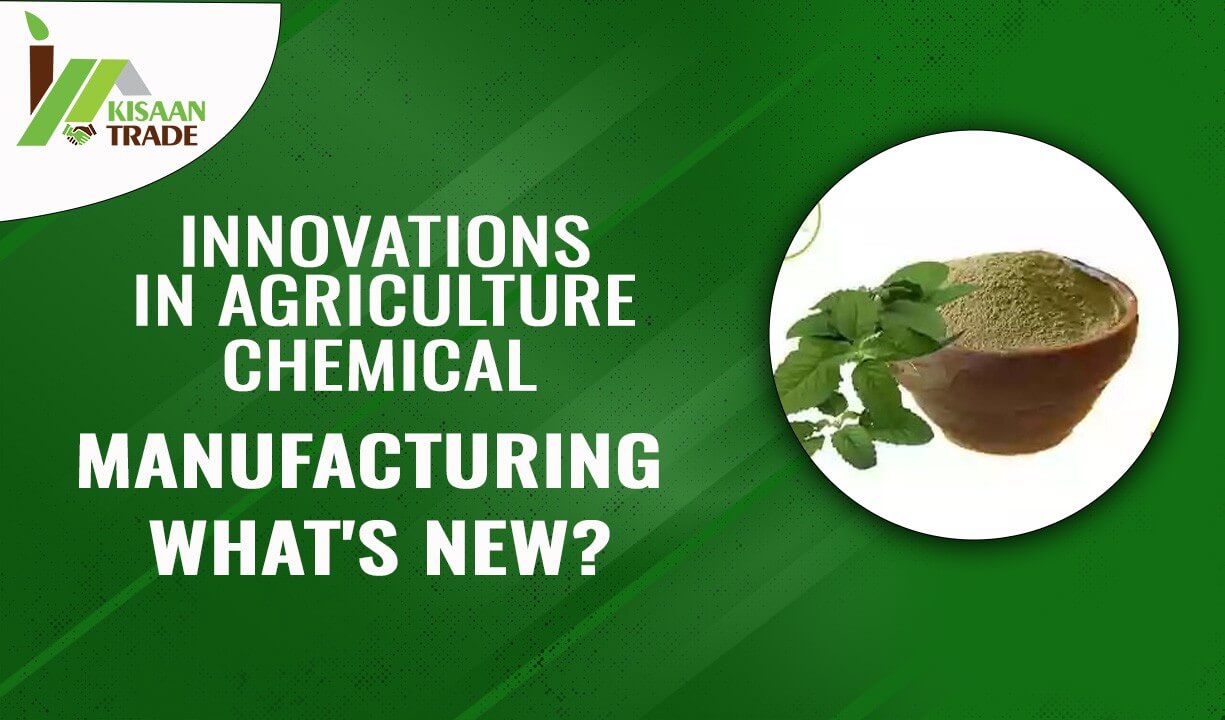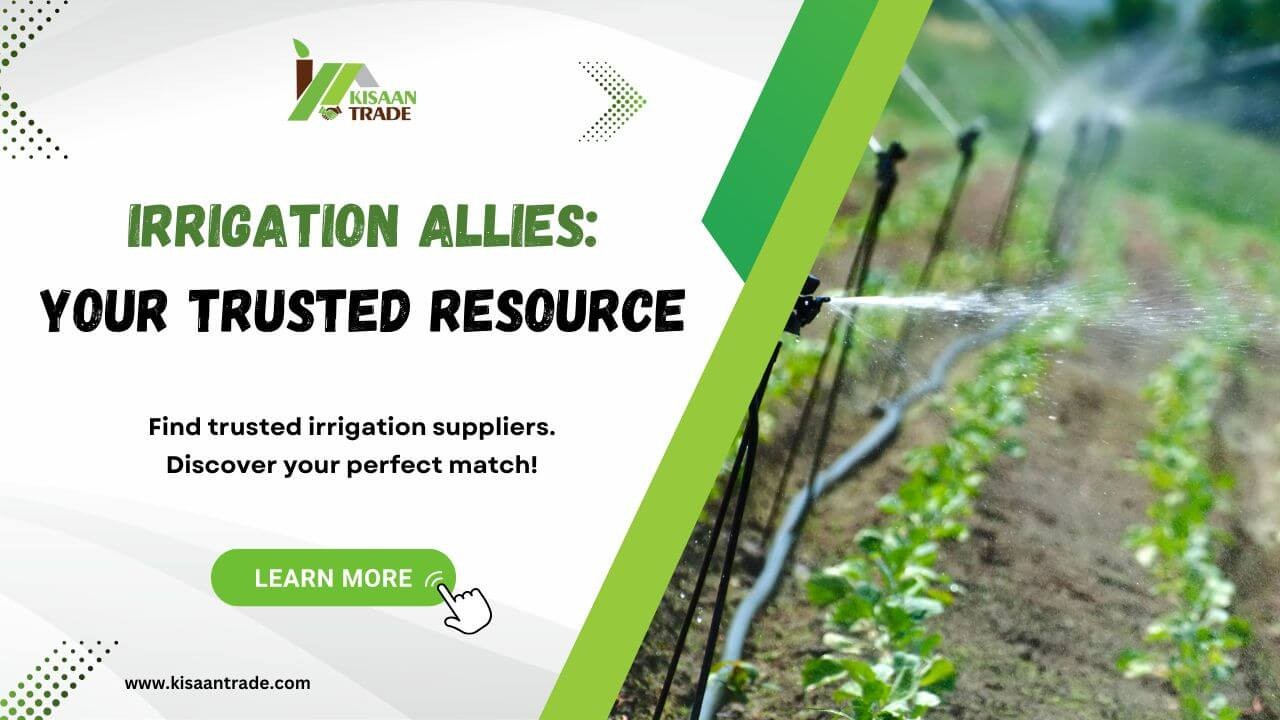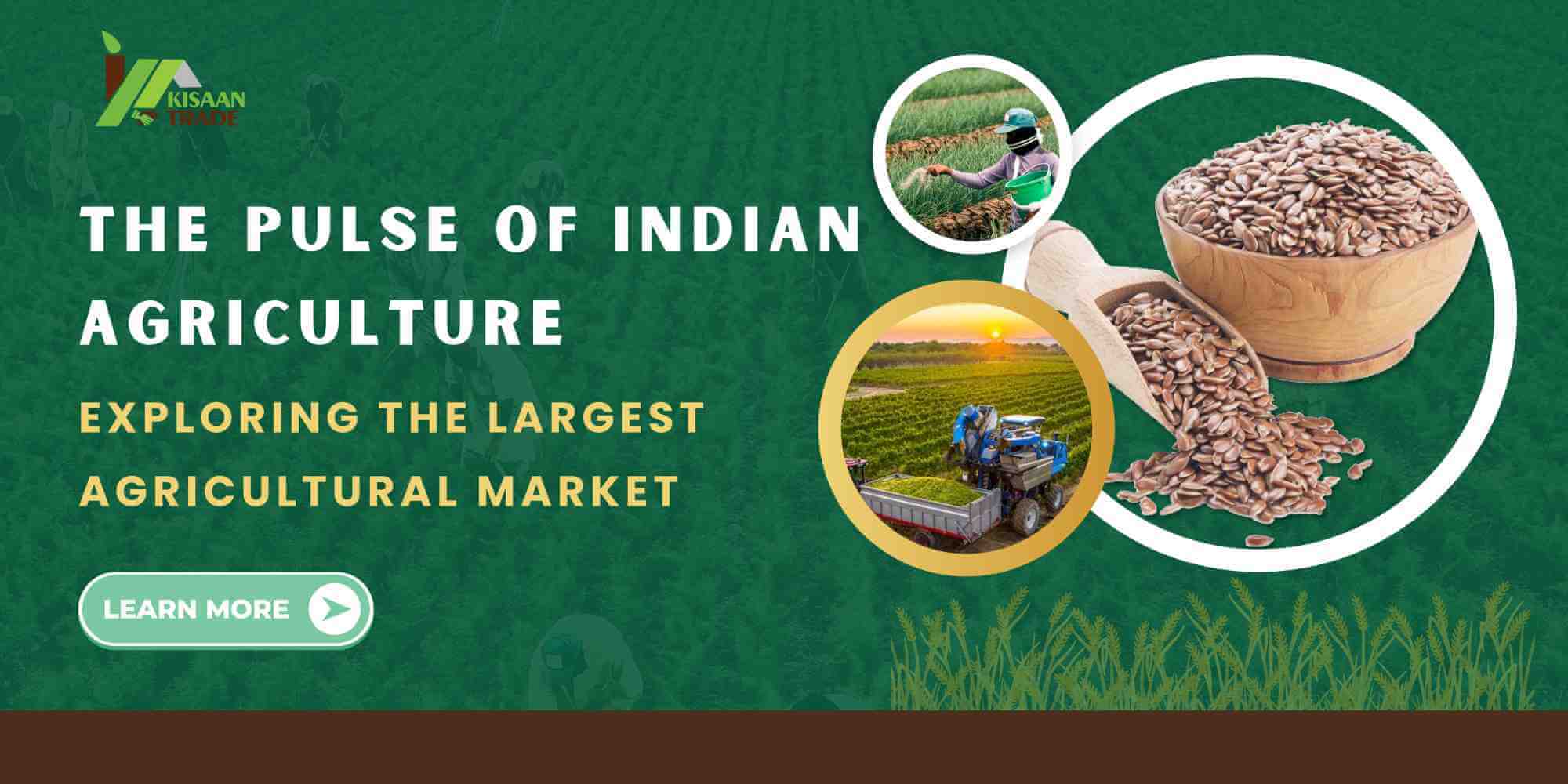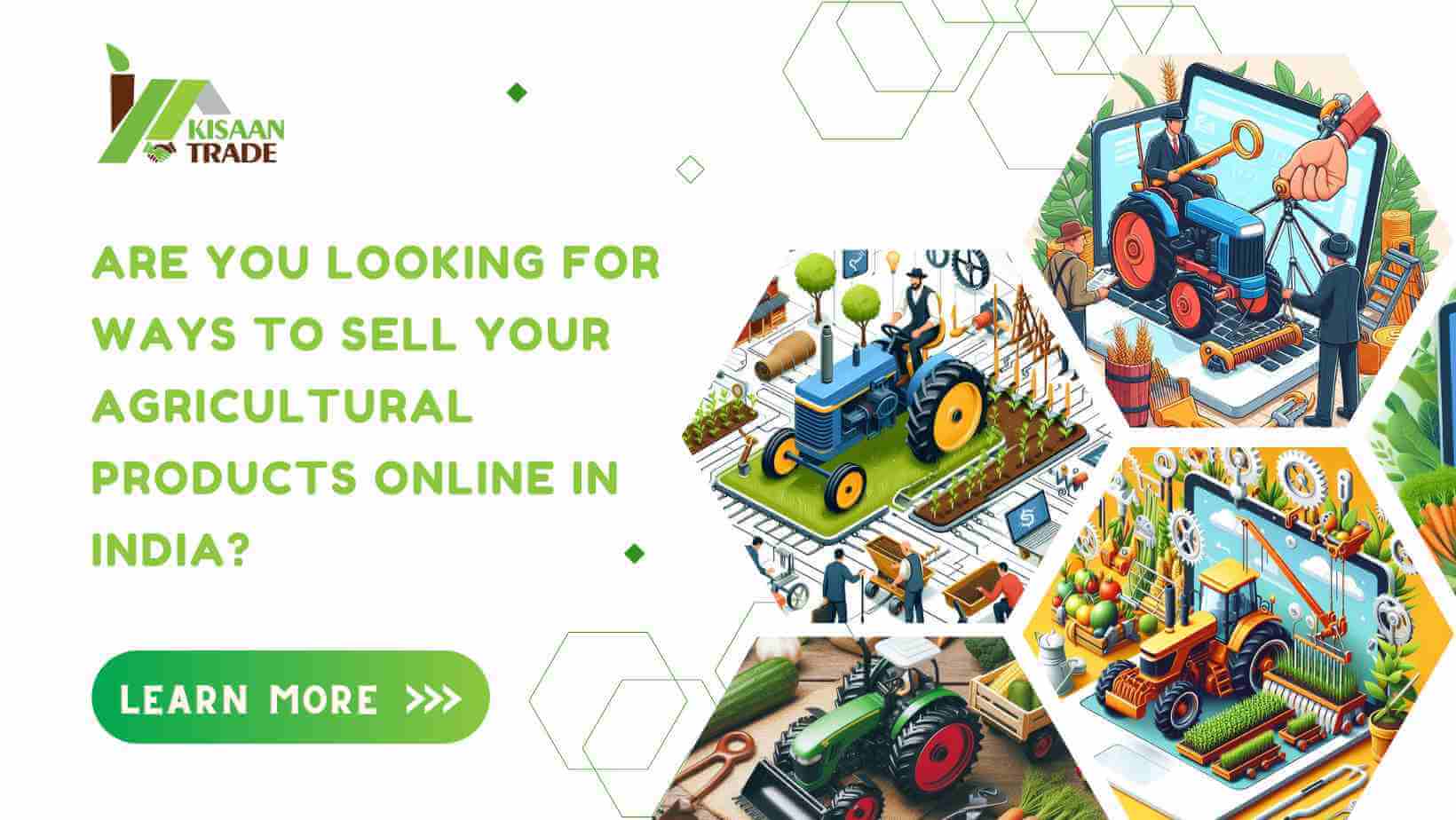Innovations in Agriculture Chemical Manufacturing: What's New?

Agriculture has come a long way from its humble beginnings, and much of its progress can be attributed to advances in agrochemical manufacturing. The development and production of agrochemicals has played a vital role in ensuring a continuous and abundant food supply to the world's growing population. As we move into the 21st century, innovation in agrochemical manufacturing has become essential to address the challenges of feeding a population expected to reach approximately 10 billion by 2050. We will explore the latest innovations in agriculture. Chemical manufacturing, their potential impact on agricultural practices, and their implications for sustainability, environmental protection, and food security.
I. Precision Agriculture
Precision agriculture, often referred to as “smart farming,” is a technology-driven approach that has revolutionized modern agriculture. It involves the use of accurate data and advanced technologies to optimize various aspects of farming, including crop production, pest management and resource allocation. A major component of precision agriculture is the development of precision agrochemicals.
Precision Spraying System
Traditional crop spraying methods routinely result in excessive use of chemicals, which contributes to environmental pollution and harms non-target species. Precision spraying systems, which use advanced sensors and algorithms, enable farmers to apply pesticides and fertilizers more efficiently. These systems can detect specific areas of the field that need treatment and adjust the dosage accordingly, reducing chemical usage while maintaining crop health.
Precision spraying technology has evolved significantly in recent years. This now includes drones equipped with special sensors and software that can precisely target areas in need of treatment. These drones can fly over fields, identify issues like pest infestation or nutrient deficiencies, and administer essential chemicals with remarkable precision.
Customized Formulation
Agrochemicals are no longer one-size-fits-all. Innovations in chemical manufacturing now allow customized formulations tailored to specific crops, pests, and environmental conditions. By providing farmers with the right combination of active ingredients and additives, these formulations increase the effectiveness of chemical applications while reducing environmental impact.
The development of customized formulations involves a deep understanding of the specific challenges faced by farmers in different regions. This approach takes into account local climate, soil conditions and prevalent pests to create tailored solutions that increase crop protection and yield. Manufacturers work closely with agricultural experts to ensure that their products are not only effective but also environmentally responsible.
II. Organic and Biopesticides
The shift toward more sustainable and environmentally friendly agricultural practices has led to the development of organic and biopesticides. These innovations in agrochemical manufacturing provide effective alternatives to traditional synthetic chemicals with less negative environmental consequences.
Microbial-Based Biopesticides
Microbial-based biopesticides use naturally occurring microorganisms, such as bacteria and fungi, to combat pests and diseases in crops. These biopesticides are not only effective but also eco-friendly, as they target specific pests and do not leave any harmful residues.
The development of microbial-based biopesticides represents a significant advance in sustainable agriculture. These products are considered organic and can be used in organic farming systems without violating organic certification standards. They are particularly valuable for controlling pests that have developed resistance to synthetic chemical pesticides.
Plant Based Pesticides
Researchers are increasingly exploring compounds derived from plants for their insecticidal properties. These natural chemicals can serve as effective alternatives to synthetic pesticides while minimizing potential harm to non-target organisms.
Plant-based pesticides are derived from various parts of plants, such as leaves, roots, and seeds. They can act as natural deterrents against pests or disrupt the life cycles of pests, providing a more environmentally friendly solution to pest control. The growing demand for sustainable and organic farming practices has led to the rapid development of plant-based pesticides.
III. Nanotechnology in Agrochemical Manufacturing
Nanotechnology is making significant advances in agrochemical manufacturing. Nanoscale materials and technologies have the potential to transform the way pesticides and fertilizers are developed, applied, and used in agriculture.
Nanoencapsulation
One of the major applications of nanotechnology in agriculture is nanoencapsulation. The process involves encapsulating active ingredients in nanoparticles, which can then be delivered to crops with greater precision. Nanoencapsulation enhances controlled release of chemicals, improving their efficacy and reducing environmental pollution.
Nanotechnology has revolutionized the way chemicals are delivered to crops. Nanoencapsulated pesticides and fertilizers can release their active ingredients slowly, ensuring a longer-lasting and more targeted effect. This reduces the need for frequent chemical applications and reduces the risk of chemical runoff into the environment.
Nanoscale Sensor
Nanoscale sensors can monitor various parameters in the field, such as soil moisture, nutrient levels and the presence of pests. These sensors provide real-time data that helps farmers make informed decisions about when and where to apply agrochemicals, optimizing resource use and reducing waste.
Nanoscale sensors have the potential to change the way farmers manage their farms. Highly sensitive instruments can be embedded in the soil or attached to plants to continuously monitor various conditions. The data they provide allows accurate decisions to be made, such as when to irrigate, fertilize or apply pesticides, resulting in more efficient resource use.
IV. Sustainable Chemical Manufacturing
Sustainability in agriculture is a serious concern. The industry is increasingly adopting practices that reduce its impact on the environment and promote long-term ecological balance. Innovation in chemical manufacturing is critical in achieving these sustainability goals.
Chemical Waste Reduction
Efforts to reduce chemical waste have led to innovations such as the development of biodegradable and less resistant pesticides and herbicides. These chemicals break down more rapidly in the environment, reducing their ability to accumulate in ecosystems.
Reduction of chemical waste is an important step towards sustainable agriculture. Traditional chemical formulations often persist in the environment for long periods of time, posing a threat to ecosystems and human health. The development of biodegradable alternatives ensures that the impact of chemicals used in agriculture is more limited and controlled.
Green Chemistry
The principles of green chemistry are being applied in agrochemical manufacturing. The goal of these principles is to design chemicals that are inherently less toxic and have less environmental impact. Innovations in green chemistry include the development of alternative solvents, safer chemical reactions, and the use of renewable resources in chemical production.
Green chemistry promotes the use of inherently safe chemicals and processes in agriculture. This approach prioritizes the design of chemicals that are less toxic and have less environmental impact. By focusing on the principles of green chemistry, manufacturers can develop agrochemicals that are not only effective but also safe for both humans and the environment.
V. Digital Agriculture
Digital agriculture integrates information technology, data analysis and automation into the agricultural process. It enables farmers to make more informed decisions, optimize resource use, and improve crop yields. Agrochemical manufacturing has also not been left out of this technological revolution.
Data-Driven Formulation
Digital agriculture generates massive amounts of data, which can be used to create more effective chemical formulations. By analyzing data on weather, soil conditions, pest populations and crop health, manufacturers can develop chemicals that are better suited to specific conditions.
Data-driven formulations represent a significant advancement in agrochemical manufacturing. These formulations are not based solely on chemical properties but take into account a wide range of environmental and agronomic data. By tailoring chemical formulations to specific conditions, farmers can achieve better results while reducing chemical usage.
Precision Delivery System
Digital agriculture allows the development of precise delivery systems for agricultural chemicals. These systems can adjust chemical application rates and timing based on real-time data, reducing waste and reducing the risk of overapplication.
Precision delivery systems have the potential to revolutionize chemical applications in agriculture. They can be integrated into agricultural equipment such as tractors and sprayers to adjust chemical application in real time. This ensures that chemicals are applied exactly where and when they are needed, reducing both environmental impact and input costs.
VI. Regulation and Security
As agrochemical manufacturing continues to grow, it is important to ensure the safety of these products for both human health and the environment. Regulatory agencies play an influential role in monitoring the introduction and use of new agricultural chemicals.
Strict Security Testing
Before any new agricultural chemical is brought to market, it must undergo rigorous safety testing to assess its potential impact on human health and the environment. Regulatory agencies such as the US Environmental Protection Agency (EPA) have established stringent protocols for evaluating these chemicals.
Safety testing is a cornerstone of responsible agrochemical manufacturing. This ensures that new products are thoroughly assessed for potential risks before they reach the market. This includes assessing their toxicity, persistence and ecological impact to protect both human health and the environment.
Monitoring and Enforcement
Continued monitoring and enforcement is necessary to ensure that agrochemicals are used in compliance with safety regulations. To prevent improper handling of these substances, penalties are imposed for misuse or violations.
Regulatory agencies play an important role in monitoring and enforcing safety standards for agricultural chemicals. They conduct regular inspections and audits to ensure that manufacturers, distributors, and farmers follow established safety guidelines. Strict enforcement is necessary to maintain the integrity of the regulatory framework and protect human health and the environment.
VII. Challenges and Concerns
While innovations in agrochemical manufacturing offer many benefits, they also bring some challenges and concerns.
Resistance Management
Excessive use of agricultural chemicals can lead to the development of resistance in insect populations. This resistance may reduce the effectiveness of chemical treatments, necessitating the development of alternative strategies.
Resistance management in agriculture is an ongoing challenge. Repeated use of the same chemical can lead to adaptation of pests and pathogens, making the chemicals less effective over time. To address this problem, integrated pest management (IPM) strategies are being adopted, which combine multiple approaches including biological control and cultural practices to reduce reliance on chemical pesticides.
Environmental Effect
Despite advances in sustainable agrochemical manufacturing, there is still the potential for environmental harm. Flow of chemicals into water bodies, soil pollution and unintended effects on non-target species remain areas of concern that require attention.
Reducing the environmental impact of agrochemicals is an ongoing challenge. Although sustainable alternatives are being developed, there remains a risk of chemical residues contaminating water sources or affecting non-target organisms. Continuing research is necessary to reduce these risks and promote responsible chemical use.
Regulatory Barriers
The regulatory process for approving new agricultural chemicals can be time-consuming and expensive. This may hinder the introduction of innovative, more sustainable products to the market.
Regulatory barriers can slow the development and adoption of innovative agrochemicals. Rigorous testing and evaluation processes, while necessary for safety, can be expensive and time-consuming, which may deter smaller manufacturers and startups from entering the market. Streamlining the regulatory framework and providing incentives for the development of sustainable agrochemicals can help address these challenges.
Intellectual Property
Patents and control of intellectual property rights on new agrochemicals can lead to monopoly and higher costs for farmers. This issue raises questions about access to these innovations for all agricultural stakeholders.
Intellectual property rights can impact the accessibility and affordability of new agrochemicals. Patents and exclusive licenses can create monopolies, allowing manufacturers to set higher prices for their products. Policymakers should consider measures to ensure that needed agricultural innovations are accessible to all farmers, especially in developing countries.
Conclusion
Innovations in agrochemical manufacturing are integral to the progress of modern agricultural practices. The development of precision agriculture, biologicals, nanotechnology and sustainable chemical manufacturing is changing our approach to pest management and crop nutrition. Digital agriculture is increasing the efficiency of chemical application, while strict regulation and safety measures help protect human health and the environment.
As we move into an era where feeding a growing global population is one of our greatest challenges, the role of agrochemical manufacturing in sustainable, efficient and environmentally responsible food production cannot be underestimated Is. Continued research, investment, and collaboration in this area will be vital to ensuring a brighter, more sustainable future for agriculture and food security.
Ongoing innovations in agrochemical manufacturing are driving significant changes in the industry. These innovations not only increase crop yields and pest control but also contribute to sustainability and environmental protection. Although there are challenges to be resolved, the potential benefits for agriculture, food security and the environment are promising. As we move into the 21st century, it is essential that we continue to support and promote responsible and innovative practices in agrochemical manufacturing, making our food production systems more efficient, safer and more sustainable for future generations. Is possible.





